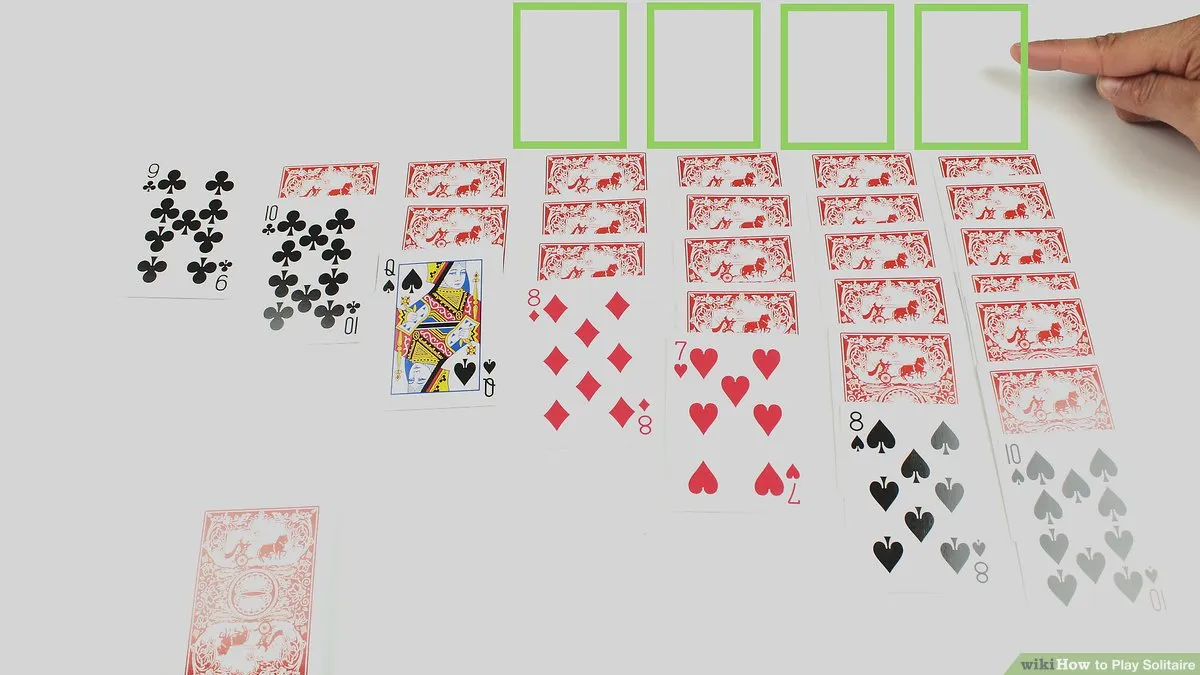How Solitaire Works: A Comprehensive Guide for All
Introduction
Solitaire is a classic card game that many of us have played on our computers or with a physical deck of cards. Whether you’re a beginner or a seasoned player, understanding the ins and outs of solitaire can enhance your gaming experience. Let’s break down the game into digestible pieces, catering to readers with varying levels of familiarity.
Basics of Solitaire
Solitaire is a single-player card game that requires a standard deck of 52 cards. The goal is to move all cards to a foundation, following specific rules and sequences.

Setting Up the Game
- Shuffling the Deck
- Imagine shuffling a deck of cards like stirring ingredients in a mixing bowl. This ensures a random arrangement for an unpredictable game.
- Dealing the Cards
- Picture dealing cards as laying out ingredients on a countertop. Each pile represents different parts of your recipe, waiting to come together.
The Game Layout
Solitaire involves arranging cards into piles: the tableau, foundation, and stock.
- Tableau Piles
- Think of tableau piles as your workspace – cards are laid out face-up, revealing what’s available for play.
- Foundation Piles
- Foundation piles are like building blocks – you aim to construct them in ascending order (Ace to King) for each suit.
- Stock Pile
- The stock pile is your reserve – it holds cards not initially visible, and you draw from it when needed.
Playing the Game

- Moving Cards in the Tableau
- Cards in the tableau can be moved in descending order and alternating colors. It’s like organizing a stack of plates – larger plates (higher rank) go below, and colors switch like stacking different-colored plates.
- Building Foundations
- Transfer cards to the foundation piles by following suit order. It’s akin to sorting clothes by type – group all hearts together, then diamonds, and so on.
- Revealing Hidden Cards
- Flip face-down cards in the tableau to uncover hidden ones. This is like discovering ingredients in a pantry – revealing what was once unknown.
- Utilizing the Stock Pile
- Draw from the stock pile when needed, like grabbing additional ingredients for your recipe. Use these cards strategically to unlock moves in the tableau.
The “Why” Behind the Rules
Understanding why certain rules exist can elevate your gameplay.
- Building Foundations Sequentially
- It’s like constructing a tower – starting with the foundation ensures a stable structure. In solitaire, building foundations sequentially maintains a logical order.
- Alternating Colors in Tableau
- Imagine organizing books on a shelf – alternating colors prevents a chaotic arrangement. Similarly, in solitaire, alternating colors aids in visually sorting and strategizing moves.
- Descending Order in Tableau
- Picture a stack of plates – placing larger plates beneath smaller ones prevents instability. In solitaire, arranging cards in descending order facilitates smoother movements.
Conclusion
Solitaire is a game of strategy and patience, offering both relaxation and mental stimulation. Whether you’re a novice or a pro, these foundational concepts will enhance your understanding and enjoyment of this timeless card game.
Remember, the key is to enjoy the process – like crafting a perfect dish, each move contributes to the final masterpiece. Happy playing!
Refer to Bicycle Cards’ official rules for Solitaire: Bicycle Cards – How to Play Solitaire

